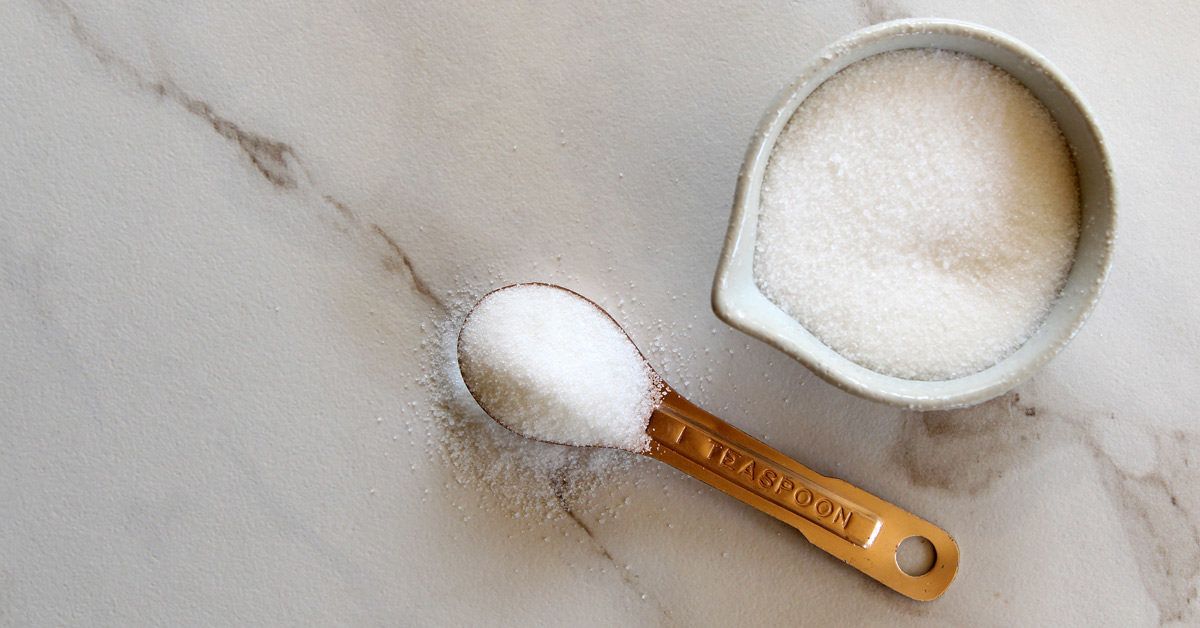Discover the Uses and Benefits of Beet Sugar Vs Cane Sugar in Your Daily Diet Plan
Exploring the distinct high qualities of beet and cane sugar exposes even more than simply their sweetening capacities; it highlights their unique impacts on health and cookeries. Beet sugar, known for its refined taste, is often preferred in fragile desserts, whereas cane sugar, with its hint of molasses, adds splendor to robust recipes. Each kind holds its very own nutritional profile and glycemic effects, inviting a much deeper understanding of their duties in a well balanced diet regimen and lasting intake methods.
Beginning and Manufacturing Processes of Beet and Cane Sugar

The unique climates and soil kinds needed for expanding sugar beets and sugarcane add to distinctions in their cultivation practices and geographical circulation, influencing the business economics and sustainability of their manufacturing. beet sugar vs cane sugar.
Nutritional Comparison Between Beet Sugar and Cane Sugar
Regardless of originating from different plants, beet sugar and cane sugar are nutritionally extremely similar, both largely containing sucrose. Each supplies about 4 calories per gram, equating to approximately 16 calories per tsp. Structurally, both sugars are made up of roughly 99.95% sucrose, with very little quantities of various other compounds like dampness and trace minerals, which do not dramatically alter their dietary accounts.

Eventually, when picking in between beet sugar and cane sugar based upon dietary material alone, both offer identical benefits and disadvantages as they are essentially types of the exact same molecule-- sucrose, supplying fast power without various other nutrients.
Effect on Health And Wellness: Glycemic Index and Caloric Content
Discovering further right into the results of beet sugar and cane sugar on health and wellness, it is essential to consider their glycemic index and calorie web content. Both sugars are classified as sucrose, which is composed of sugar and fructose. This composition leads them to have a similar influence on blood glucose degrees. The glycemic index (GI) of both beet and cane sugar is around 65, classifying them as high-GI foods, which can cause fast spikes in blood glucose levels. This is a critical aspect for people handling diabetes mellitus or those attempting to stabilize their energy degrees throughout the day.
Each sort of sugar contains about 4 calories per gram, making these details their calorie content matching. For those keeping an eye on caloric consumption, especially when managing weight or metabolic wellness conditions, comprehending this equivalence is essential (beet sugar vs cane sugar). Nonetheless, extreme usage of any kind of high-calorie, high-GI food can contribute to health concerns such as excessive weight, heart problem, and insulin resistance.
Environmental and Economic Factors To Consider of Sugar Manufacturing
Beyond wellness impacts, the manufacturing of beet and cane sugar likewise elevates substantial ecological and economic concerns. Sugar beet growing tends to call for cooler climates and has a lower geographical impact compared to sugar cane, which grows in exotic areas. However, both plants are extensive in terms of water use and land line of work, potentially causing logging and water deficiency. Economically, the global sugar market is very volatile, influenced by modifications in worldwide profession policies and aids. Many nations incentivize sugar production with economic assistance, skewing market value helpful site and affecting small-scale farmers adversely.
Additionally, the usage of pesticides and fertilizers in both beet and cane sugar cultivation can cause dirt deterioration and pollution, additional affecting biodiversity and regional water bodies (beet sugar vs cane sugar). The choice between growing sugar beet or cane commonly rests on neighborhood ecological conditions and economic variables, making the sustainability of sugar manufacturing a complicated issue
Culinary Applications and Taste Differences
While the ecological and financial aspects of sugar manufacturing are indeed substantial, the choice between beet and cane sugar likewise affects culinary applications and flavor profiles. Beet sugar, derived from the sugar beet plant, is known for its extremely neutral preference. This makes it a flexible ingredient in baking, where it does not modify the taste of various other elements. It dissolves quickly and is suitable for usage in cakes, cookies, and breads.
Walking stick sugar, extracted from sugarcane, frequently maintains molasses traces, which pass on an unique richness and deepness. This small molasses flavor boosts the intricacy of baked products, sauces, and marinates. It is especially preferred in products where a caramel undertone is desired, such as in brownies read the full info here or gingerbread. The slight variant in dampness web content between beet and cane sugar can affect the structure and uniformity of recipes, making cane sugar a recommended choice for specific recipes that benefit from its unique buildings.

Final Thought
Finally, both beet and cane sugar have unique beginnings and manufacturing procedures, providing similar nutritional profiles with small differences in salt web content and flavor. While their impact on health and wellness, specifically regarding glycemic index and calories, is comparable, the selection in between them typically steams down to environmental, economic elements, and specific culinary requirements. Recognizing these facets can guide consumers in making notified decisions that line up with their wellness objectives and taste choices.